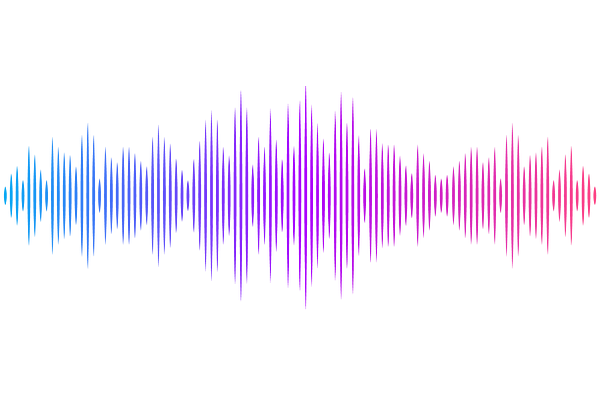Structural basis for saxitoxin congener binding and neutralization by anuran saxiphilins

Structural basis for saxitoxin congener binding and neutralization by anuran saxiphilins
Zakrzewska, S.; Nixon, S. A.; Chen, Z.; Hajare, H. S.; Park, E. R.; Mulcahy, J. V.; Arlinghaus, K. M.; Neu, E.; Konovalov, K.; Provasi, D.; Leighfield, T. A.; Filizola, M.; Du Bois, J.; Minor, D. L.
AbstractDinoflagellates and cyanobacteria in harmful 'red tide' algal blooms produce saxitoxin (STX) and ~50 congeners that block voltage gated sodium channel (NaV) function and disrupt bioelectrical signals1-4. Consuming seafood carrying these lethal toxins causes paralytic shellfish poisoning (PSP), a growing public health hazard due to climate change5-7 that motivates efforts to detect these toxins and counteract their noxious effects. Although structural studies of NaVs8,9 and anuran soluble STX binding proteins known as saxiphilins (Sxphs)10,11 revealed convergent binding modes for the bis guanidinium STX core10,11, the structural basis for STX congener recognition is unknown. Here, we show that American bullfrog (Rana catesbeiana) RcSxph10,11 and High Himalaya frog (Nanorana parkeri) NpSxph10 use a pre-organized pocket to sequester STX congeners through a binding mode shared with STX. This 'lock and key' recognition yields a tradeoff between a relatively rigid high affinity toxin binding site in which bound waters are crucial and the ability of Sxphs to accommodate STX congener modifications. Importantly, functional studies show that Sxphs act as 'toxin sponges' that reverse NaV block by multiple STX congeners and can detect these bis-guanidinium toxins in a radioligand receptor binding assay (RBA) for PSP toxin environmental testing12,13. Our findings establish how Sxphs sequester diverse neurotoxins and reveal structural factors underlying STX congener binding differences between Sxphs and NaVs that are rooted in the distinct toxin binding orientations on these two targets. These insights expand the molecular foundation required for understanding toxin sponge action and for guiding development of new means to monitor PSTs and mitigate their harmful effects.